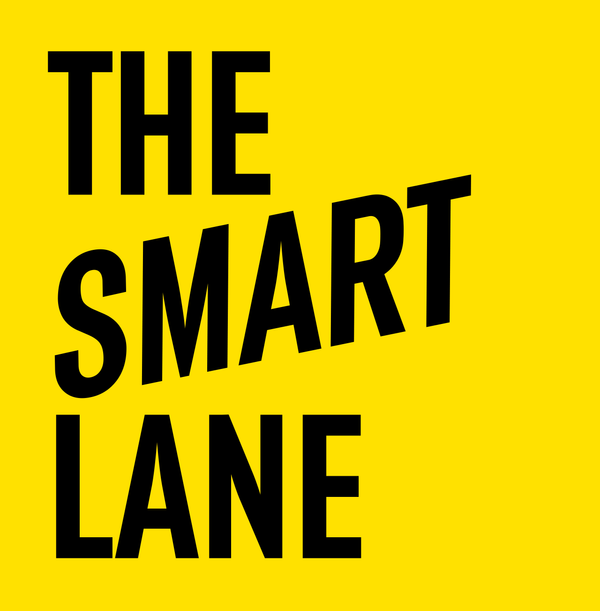The Five Main Abilities Expected From Every UX Designer
Spoiler alert: It’s not Figma.

A recent trend in the UX and design field is to put the focus of product design on the engineering and production part. The demand for effective and highly functional product user interfaces and diversification of job descriptions in the design field have driven this trend, but it’s also rooted in a fundamental misunderstanding of the UX designer’s role.
UX design is not just a job title, it is a mission for learning, thinking, making and checking if you’re on a good track. UX most often results in a UI (User Interface), but those UIs are only really making sense as a whole, as a product experience, if they are the conclusion, the result of learning and understanding, which involves human beings and their intentions, motives, experiences, the variety of their perceptions and expectations.
UX design focuses on the human that’s using the product, not just the product alone. If you want to do a good job in UX design, you need to start looking at it as a whole, not just parts that form a product. UX is the reason why people want to use a product, and want to continue using that product, or a number of products from the same vendor.
Being a UX designer is a continued journey of learning and improvement. But no matter how far you’ve advanced your skills, there will be always five core areas you are expected to have covered, if you want to succeed as a UX designer. Find your weak side and figure out how to boost your skills in this department.
1. Research
Before you can come up with a design vision for a project and a concept for the application, you need to know who the product’s users are, how they are living, you need to understand their context, their motives and intentions, their perceptions and expectations. Knowing user intent is the #1 goal for user research, because it is later a key to test whether your team has developed a product users really like to use, because it fulfils their expectations.
When users want to reach a goal, it is usually not just factual (e.g. “book a hotel room”). There are more layers involved: how to develop trust in a vendor, how to experience the venue before booking it, how easily comparable are accommodations across different vendors, comparing rooms and amenities, location, environment and access to attractions, etc.
Then there are the users’s circumstances: single business travellers staying for a few nights, families booking for a week, couples on a honey moon, and so on. You can develop personas out of these results, but be careful not to fall for stereotypes and marketing-driven characterisations. Only use personas if you really need them. Solid user research is the foundation for user testing at the end of the development cycle. It will provide you with the questions to ask while you’re testing the product design.
2. Vision
It’s probably the most underrated and one of the most important skill sets to develop. Having a vision is less of an oracle job. It’s not about having an idea with wow-effect, like in marketing and advertising. A vision in UX comes out of the information you accumulated and the knowledge you gathered about users, their environment (context), perception and expectations. For example, if the users think all banking mobile apps are confusing and cumbersome to use, this is a key element that can inform your vision for your product, a mobile banking app.
A vision for the UX concept gives you a direction, an idea how it all fits together. It’s not a bad idea to write down a few lines defining your UX vision for the product. A UX vision for a banking mobile app could be, for example: “User mindset and personalisation at the centre”. For a hotel booking app, the UX vision could be: “Experience the stay before the vacation”. Both vision statements clarify the experience focus and drive the design approach in a certain direction.
3. Concept
A concept collects a number of ideas and combines them into a coherent, strategic way forward to develop prototypes and test them with potential users. A concept in UX typically includes user stories (which are sometimes based on personas, or archetypes), user journeys (what users want to achieve with the product at hand) and user flows (an individual path to complete a task within the application, such as “creating an account”, or “making a payment”).
User journeys look at a bigger picture of what users do and where they’re coming from, to identify their goals and potential problems. A user flow describes the path a user takes to complete a task in multiple steps. A good UX concept can eventually include prototyping elements, such as sketches, early wireframes, etc. But the main goal of the concept is to have user journey and user flows make sense and show you a path for further development.
4. Protoyping
Prototyping is often misunderstood, because the term derived from R&D, where prototypes are often engineering solutions to hardware problems, or proof-of-concept ideas to figure out if something might work. And prototyping in UX is not that different, actually, but the focus lies on checking your concepts, with your user journeys, user flows and your general understanding of the user’s motives and expectations.
A prototype may help you to figure out if a user can complete a task (filling out a form and closing the process successfully, for example), or if the user understands the underlying concept, say, in an onboarding process. Prototypes work best if you develop questions alongside the prototype. What is it you want to learn? Prototyping in UX can be done with an interactive, high-fidelity demo using a tool like Figma or Sketch, or it can be done with a napkin and a rollerball pen. It all depends on what you want to find out and how you can get quickly answers to your questions.
5. Testing
This is an area where a lot of companies fail. Even the most experienced engineering and tech companies have a tendency to underestimate the relevance of this part, often, because they think testing functionality automatically covers UX testing. You need to have a good idea of what you want to find out, before you do user testing. If your testing happened alongside developing the concept (user flows) and prototyping, you already have covered a major part to ensure that your product is indeed on track with user expectations.
But user testing shouldn’t stop with development. Even while you’re in production, and, most importantly, after the product release, you need an established way to learn about how users interact with your product. Getting some feedback from customer support lines is nice, but it doesn’t do the job. You need a list of check points and compare it with the results you’re seeing with users in the field.
Only real-life context will reveal to you where you were right with your hypotheses (vision, concept, prototyping) and it may even reveal new information about user behaviour, because only when dozens or hundreds of people are actively using your product, you see how people complete their tasks and fulfil their expectations, embedded in real-life circumstances.
References
- Design Engineer, Wikipedia
- UX Design Processes
- User Centered Design, Interaction Design Foundation
- UX Research Cheat Sheet, NNGroup
- UX Prototypes, hi fidelity and low fidelity
- UX Prototyping Guide, UX Design Institute
- What is UX Design, Interaction Design Foundation
- Guide to Usability Testing UX Design Institute
This post was first published on my website, on 18. of May 2024




